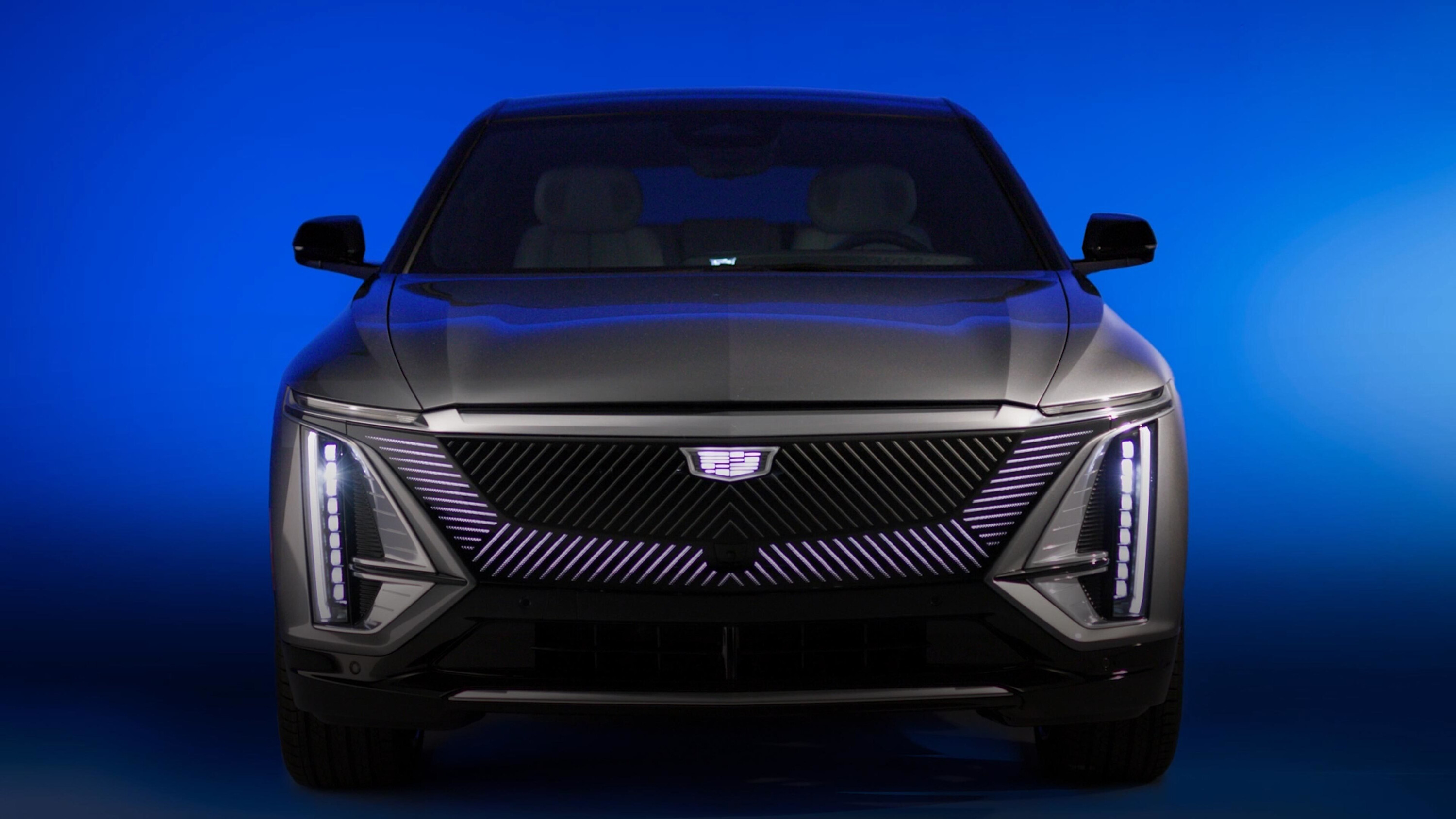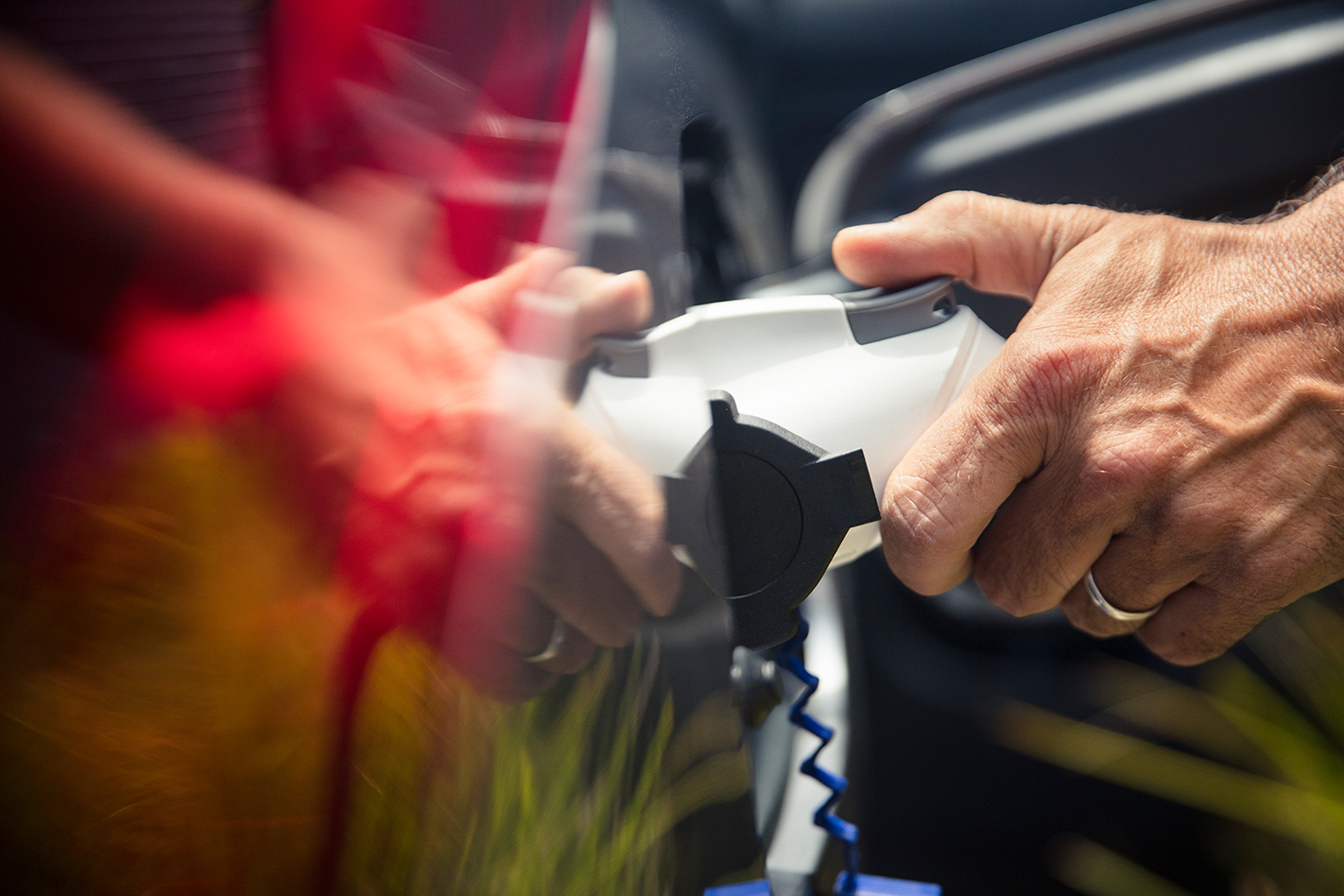Hands up … how many brands has General Motors sold in Australia over the years?
Holden, of course, was the main one, before it was ruthlessly dispatched in 2020. Saab, too, was incorporated under the GM operations umbrella back in 2005, before sputtering to a halt in 2013.
There was also a short-lived and ultimately unsuccessful attempt to roll out the Opel brand in 2012 – a decision that was overturned within 10 months.
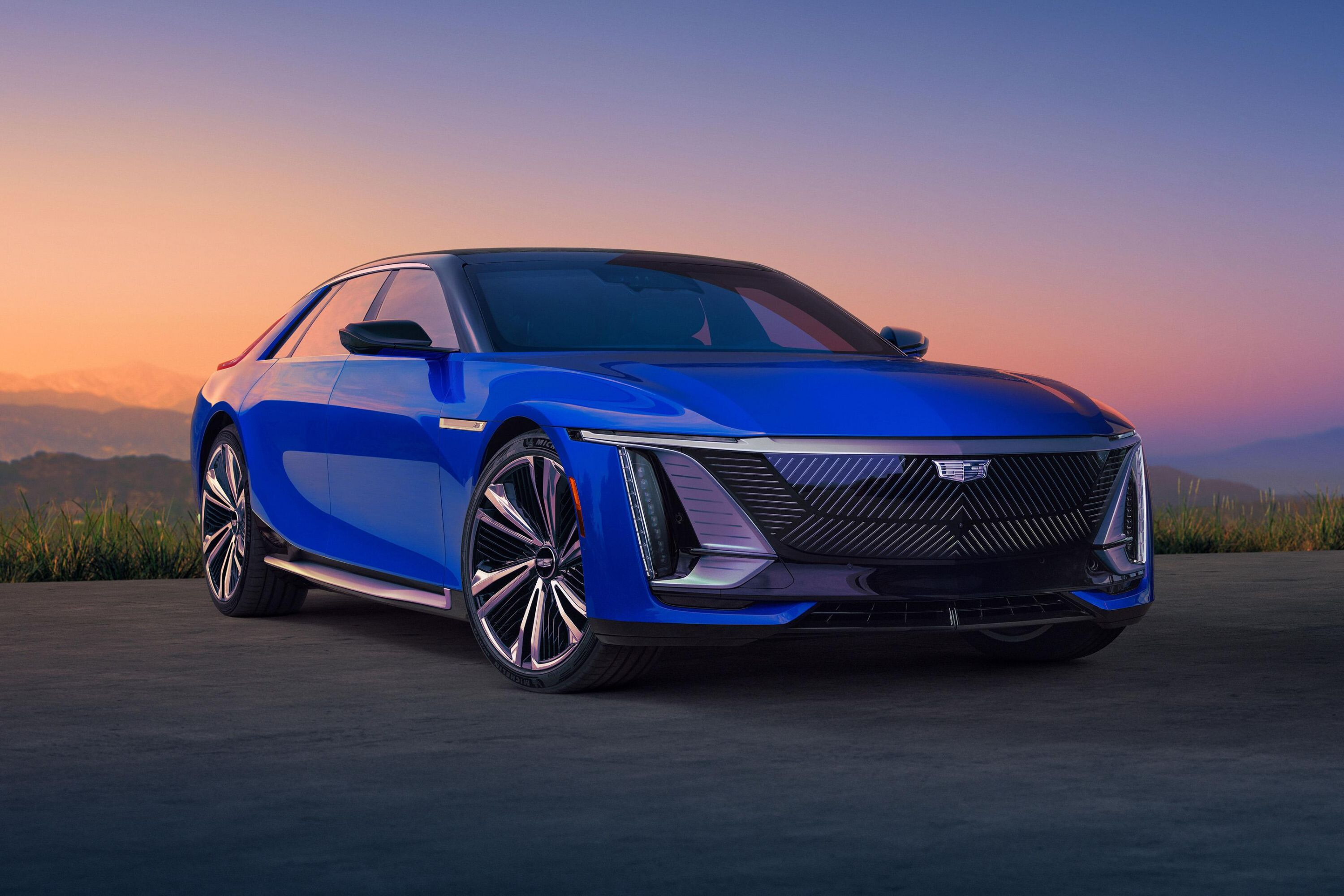
Cadillacs were also sold in Australia from the early 1930s through to 1969 in various guises, with many early models being assembled in Adelaide by Holden.
The US luxury brand then made a false start in 2008, launching at the Sydney Motor Show under the GM Premium Brands umbrella, though its attempted revival came to naught with the onset of the global financial crisis the following year.
Fast forward to 2023 and more than 60 brands fight for a slice of the annual 1.1 million-slice pie that is the Australian new car market. As consumers, we have more choice in new vehicles than exponentially larger markets like the United States, United Kingdom, and Germany.
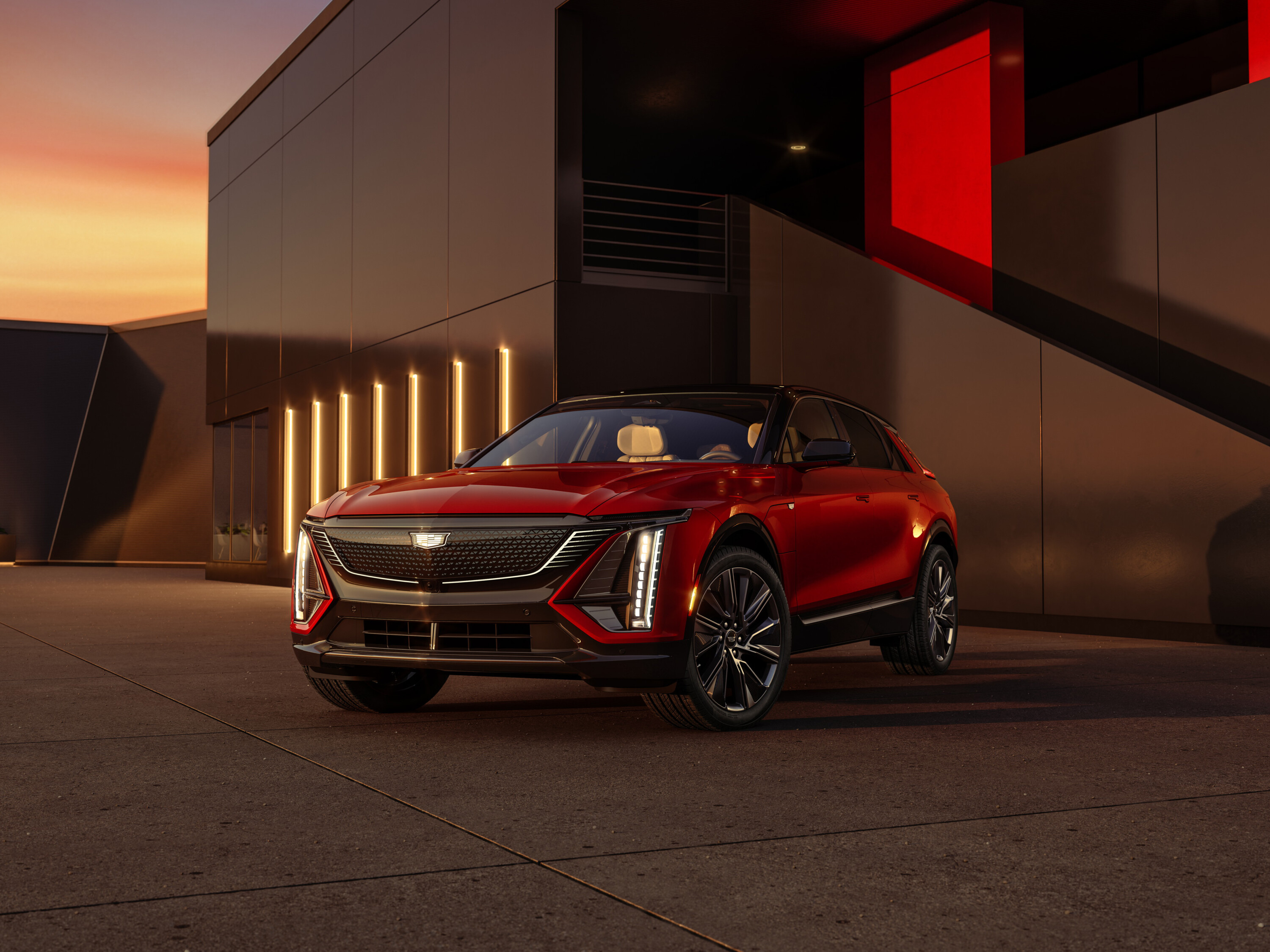
And that number is only set to grow. Think of the influx of Chinese brands like MG, Chery, Haval, GWM and BYD, and consider that there are many, many more sizing up our shores for a potential roll-out.
Now that the news is official and Cadillac is indeed returning, it begs the question … just why is General Motors bringing the Cadillac brand to Australia?
It wouldn’t be out of order to suggest that – despite the success of the Chevy Silverado ute – GM is still a bit on the nose with Aussie buyers, after the acrimonious departure of Holden not too long ago.
The market position of Cadillac, too, is interesting. Best known as GM’s luxury flagship, it’s now being repositioned as an electric vehicle bastion for the US’s biggest carmaker – no doubt without losing its lustre as a premium marque.
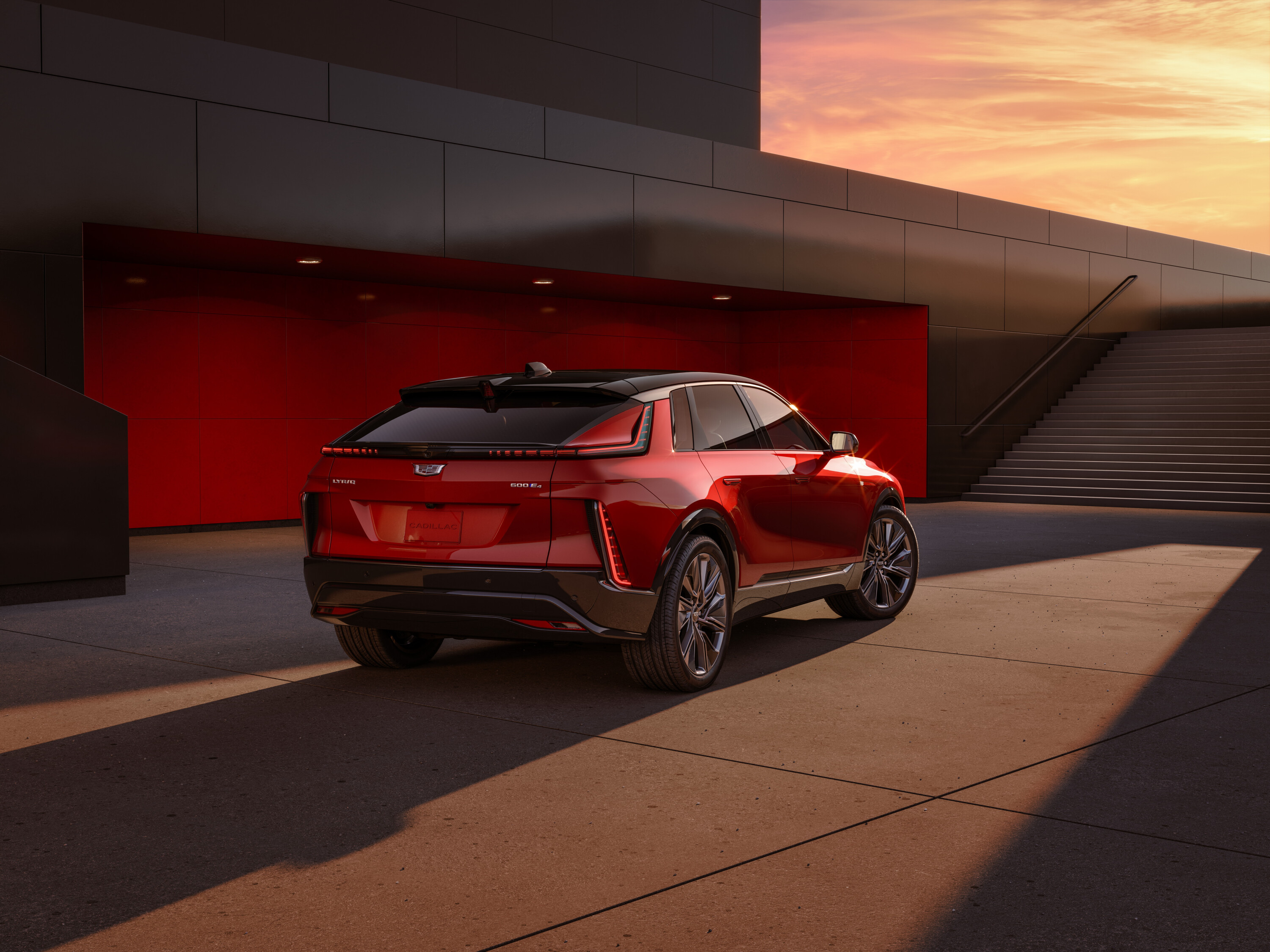
And on the surface, ‘electric’ and ‘premium’ are perfect bedfellows.
The effortless, silken smooth and silent power delivery of a decently sized electric motor matches perfectly with the more settled ride of a vehicle with its mass mounted low in the chassis.
But what’s the next stage of EV adoption going to look like? Overseas, companies like Volkswagen are winding back on EV production in the face of lower than expected demand, with the early adopter markets finally sated and the task of convincing everyday buyers still ahead of the industry.
While Tesla is making hay in our market with its Model 3/Model Y double act, mass take-up of electric vehicles is yet to occur in Australia, though MG and BYD’s more affordable models are doing their best.
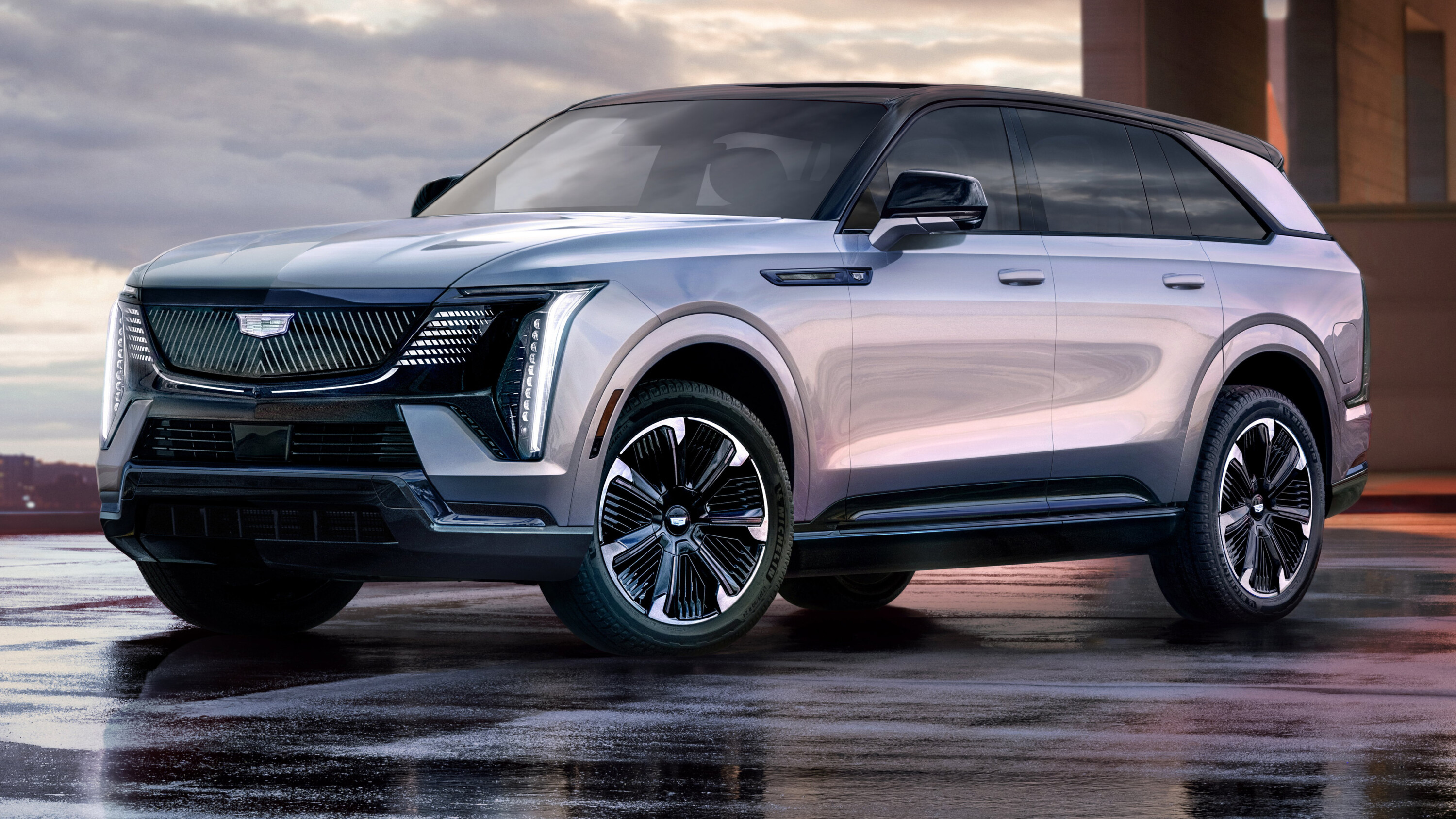
And this is where the Cadillac business case gets interesting. The money is on a three-strong electric SUV line-up, starting with the large-sized Lyriq which will likely cost $120,000-ish in base trim. Affordable? Not so much.
There are whispers of state government fleet orders already in the works, which will sweeten the pot at the factory level when it comes to building right-hookers in quantity (an easier prospect with EVs in general, thanks to steer-by-wire tech and smaller powertrains under the bonnet).
But ask any of the existing players in the market and expensive EVs are not only hard to source (thanks to raw material shortages and cost), they’re tough to sell into a market with no incentives, a fledgling charging network and an economy tilting towards a slowdown.
It’s also worth considering how well Cadillac’s take on Tesla’s direct sales model will fare. Will just three Cadillac Experience Centre outlets be enough to deliver a new-to-Australia brand significant traction?
Only time will tell.
We recommend
-
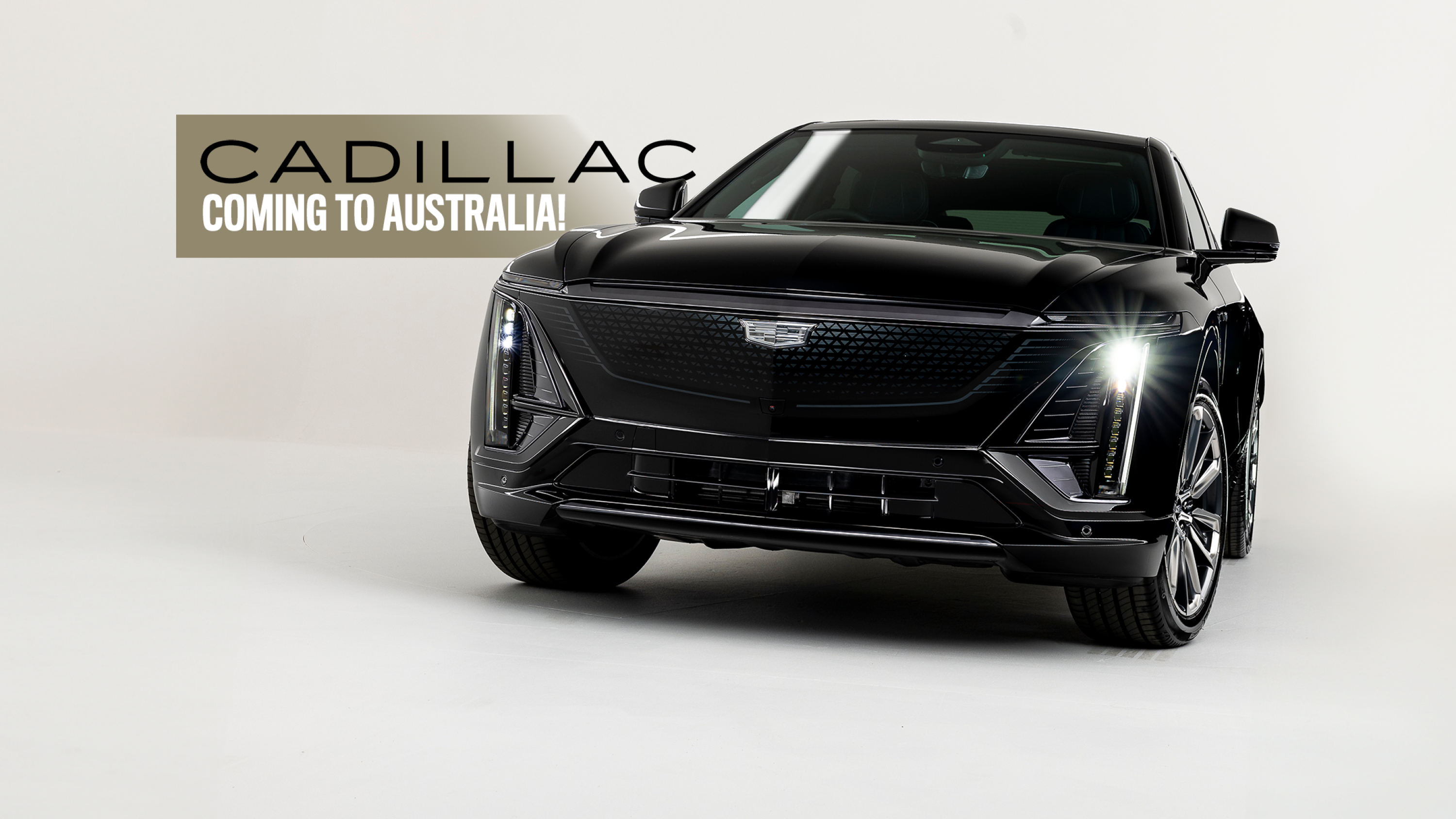 News
NewsCadillac confirmed for Australia in 2024
Cadillac will become the first standalone GM brand in Australia since the axing of Holden. Led initially by the Lyriq large electric SUV, the famous US luxury division has BMW, Mercedes and Tesla in its global sights.
-
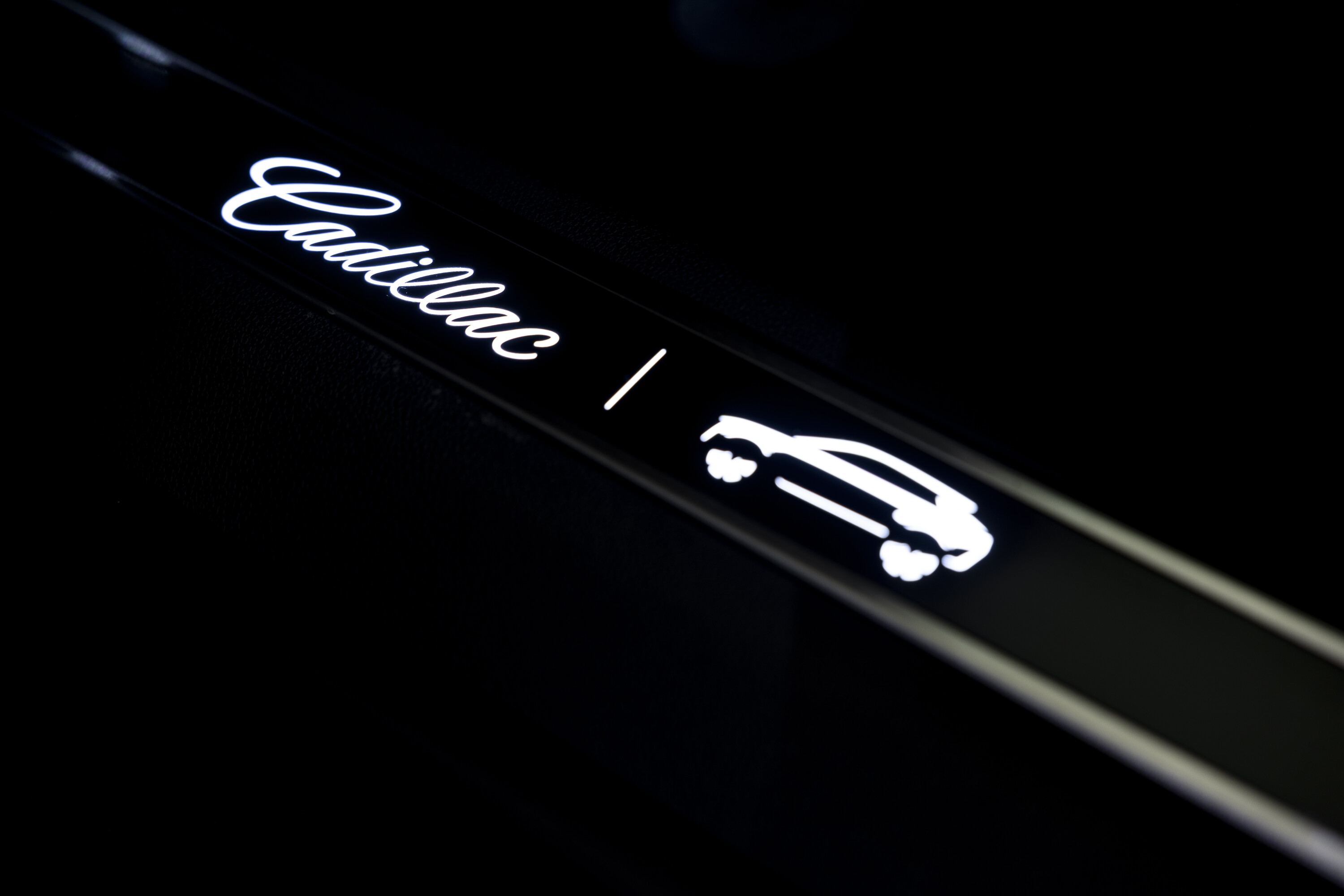 News
NewsGM planned Cadillac launch in Australia before it closed Holden
Cadillac’s right-hand drive expansion has been planned since 2015, reveal company execs
-
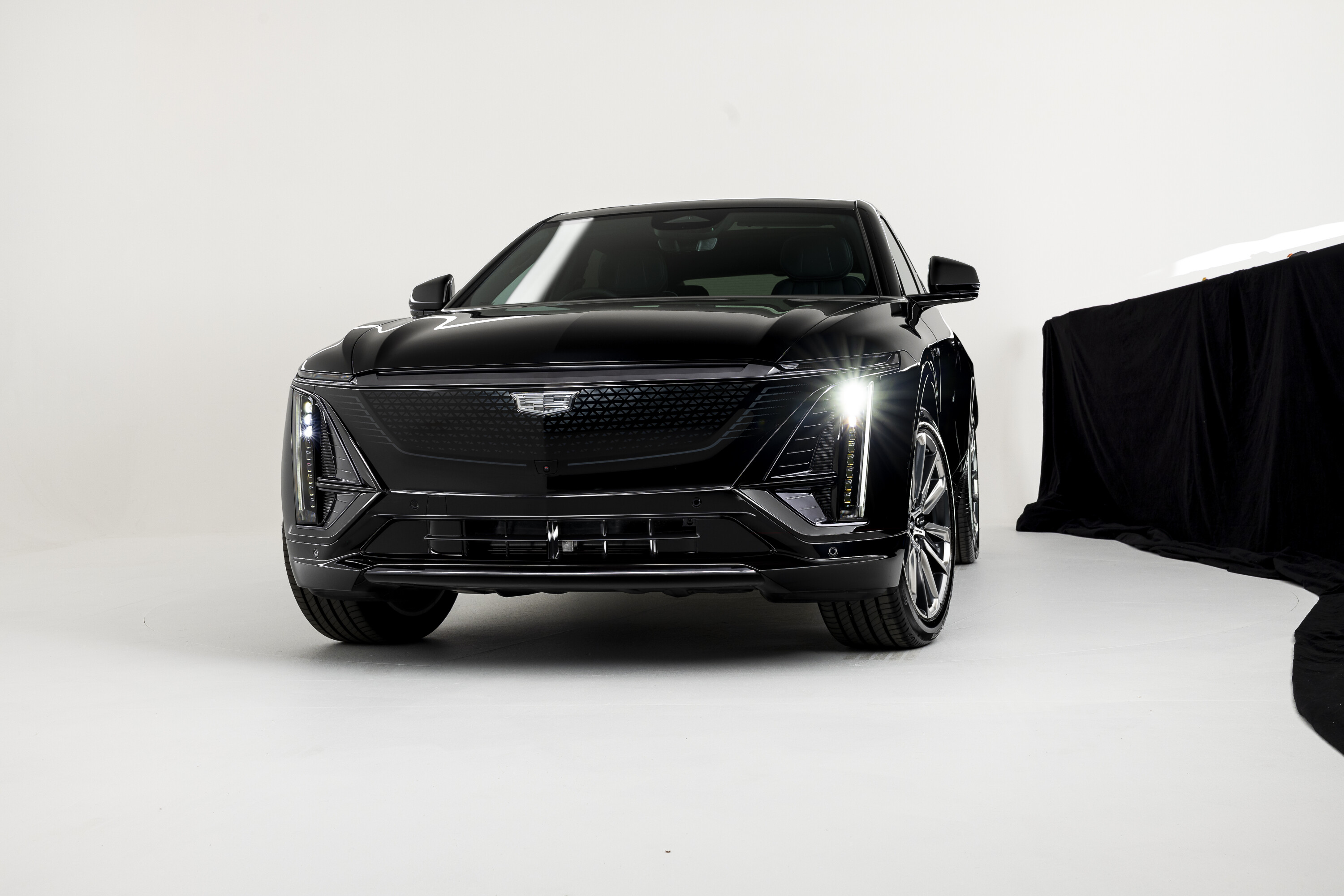 Reviews
Reviews2024 Cadillac Lyriq review: First look
We take a look inside and out at the Lyriq - the electric luxury crossover that will spearhead the Cadillac brand's return to Australian roads.

